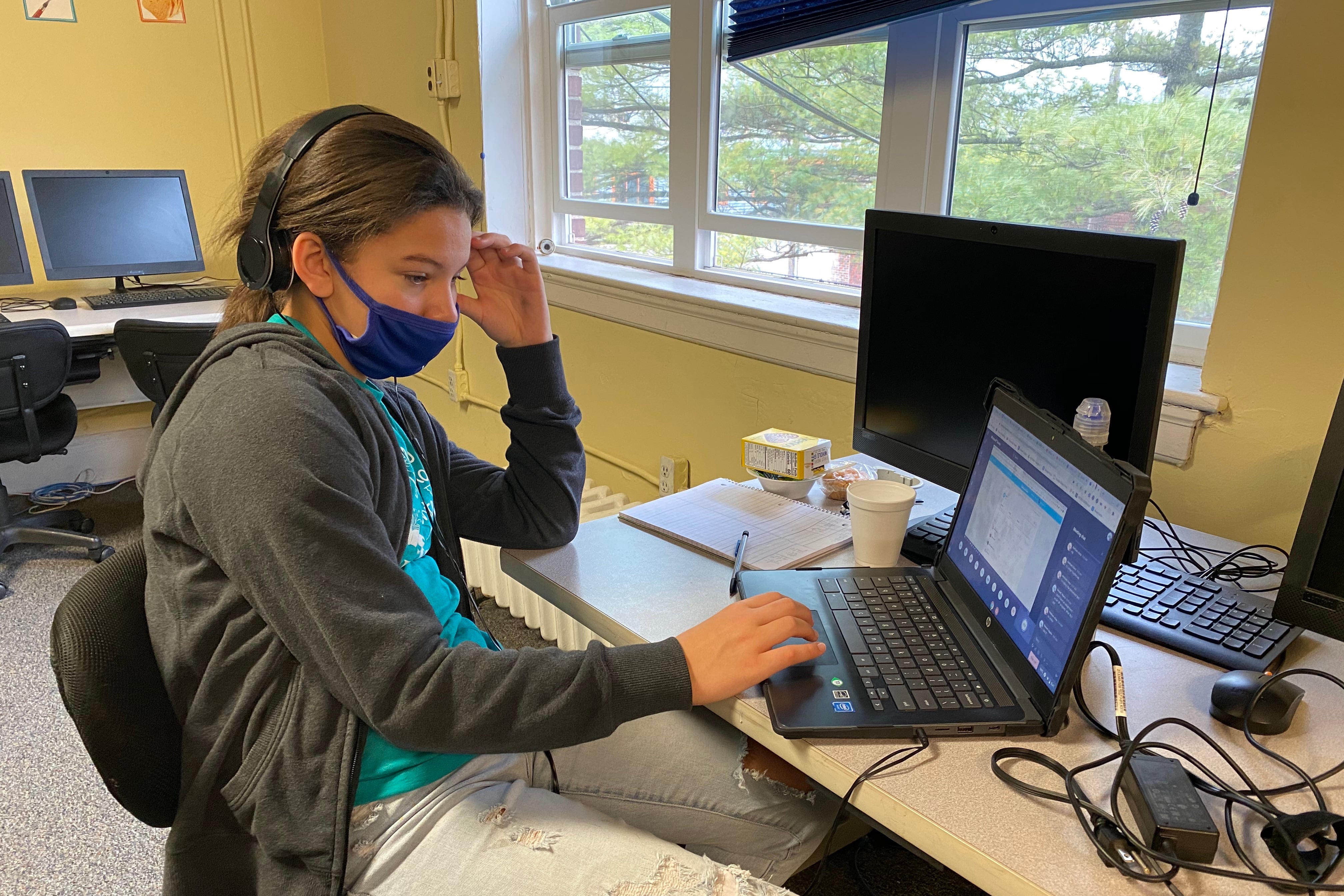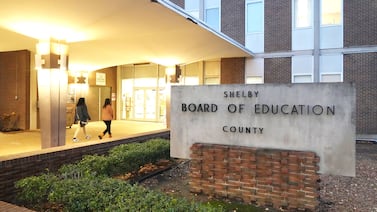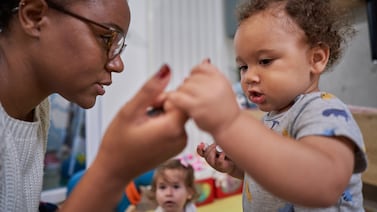Indianapolis Mayor Joe Hogsett announced a $1.7 million pilot on Tuesday that will connect Marion County students to reliable internet access at no charge.
The city is working with Energy Systems Network and Indiana 5G Zone to provide around 2,000 students in six schools with Wi-Fi hotspots starting in February. Reliable internet connectivity has long been a gap in rural and low-income Indiana communities, and the pandemic has exacerbated the disparity. According to an April needs assessment by the city’s Office of Education Innovation, 1 in 4 students across Marion County’s 11 school districts and 50 public charter schools did not have access to reliable internet service to do their schoolwork.
SBA Communications will provide the network infrastructure and services through September, when the pilot will be reevaluated. City officials want to see if a private network used only for e-learning can provide higher-quality service and cost less than the networks the school districts currently use, such as T-Mobile. The city and its partners will track the bandwidth and speed quality remotely.
If the pilot is successful, the city and its partners will expand it as early as 2022 to ensure that all 153,000 Marion County students have reliable, quality access to learning online even beyond the pandemic.
The city plans to deliver 1,500 Wi-Fi hotspots to students in George Washington High in Indianapolis Public Schools, Harrison Hill Elementary School in Lawrence Township, Southport Elementary School and Winchester Village Elementary School in Perry Township, and charter schools Riverside High and Vision Academy. (Some hotspots will serve multiple students in a household.) The schools were chosen based on geographic distribution and need.
Each school will have an antenna-based internet connectivity hub. Students who live within a two-mile radius can access the private network through their hotspots. Around 75-250 students per school will take part, and they most likely will be students who live in close proximity to the schools. The city and its partners are still working on those details. If a student already has a Wi-Fi hotspot through the district’s carrier, their hotspot will be replaced.
Ivy Tech Community College will also be a part of the pilot, with about 100 students participating. That’s enough to get a good amount of feedback according to Paul Mitchell, the president and CEO of Energy Systems Network.
In September, the city and its partners will evaluate whether the program was successful, partly based on tracking internet outages in real time. They will also conduct surveys with the participants and school leaders, then establish a stakeholder advisory committee and review options for governance and financing.
Marion County students have been learning virtually since Hogsett’s order to shut down school buildings until at least Jan. 4 for in-person learning due to rising COVID cases. When schools reopen, students will have the option to stay fully remote, and some schools could operate on a hybrid schedule.
Indianapolis Public Schools Superintendent Aleesia Johnson said during the press conference that when COVID hit in March, the digital divide that already existed pre-COVID grew wider.
According to Johnson, last spring more than 30% of IPS families said they didn’t have quality access to technology or internet service at home. At the outset of the pandemic, some students had to use pencil and paper packets before the district spent $17 million on e-learning for devices and Wi-Fi access. She said school districts should be able to deepen the base of teaching in a remote learning environment now instead of continuing to fund e-learning access.
“It is so critical that we find a more sustainable way to support internet access so that school districts don’t have to continue to shoulder this gap for our children,” Johnson said.
The pilot program is funded through $730,000 of the city’s CARES Act package. Other funds are coming from philanthropic organizations including the Richard M. Fairbanks Foundation; the Lilly Endowment, Inc.; and the technology nonprofit Indiana 5G Zone.
(Fairbanks and Lilly Endowment are Chalkbeat funders. Learn more about our funding here.)





